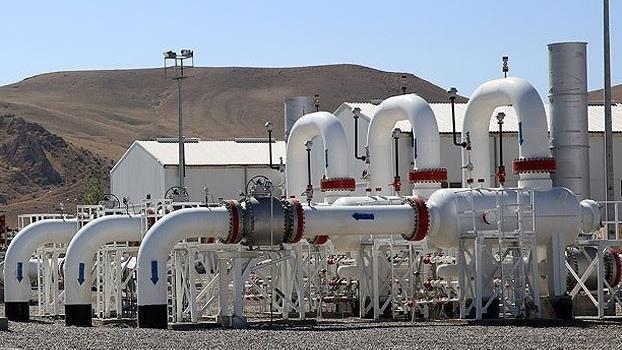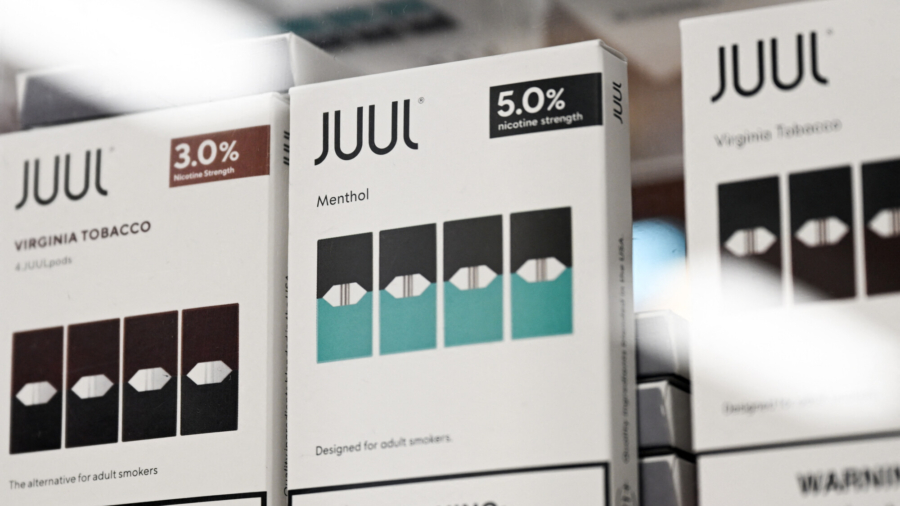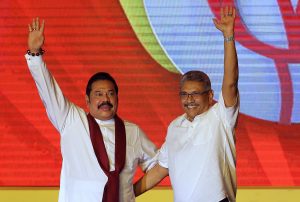Opel destroys another 1,000 jobs in Germany
Although automaker Opel is once again posting hefty profits under the Stellantis corporate umbrella, management is cutting another 1,000 jobs at its German sites over the coming months.
Opel’s main plant in Rüsselsheim will be the hardest hit. Employees working at the development centre (ITEZ) and in administration in particular are being asked to leave “voluntarily.” But jobs are also to be cut “in a socially responsible manner” at the Eisenach plant, which celebrated its 30th anniversary last weekend, and at the Kaiserslautern plant.
The ITEZ has been under fire since PSA (Peugeot/Citroën) acquired Opel in 2017. For corporate CEO Carlos Tavares, the engineers once considered “the heart” of Opel are now too expensive. He wants to move development to outside companies.
The merger of PSA with Fiat Chrysler Automotive (FCA) to form Stellantis, announced in 2019 and completed in early 2021, has further accelerated job cuts. Now, Opel’s current sales department in Rüsselsheim is also to be merged into a joint Stellantis sales organization as early as October 1. At the same time, hundreds of permanent staff have been replaced by temporary workers on the Rüsselsheim production lines.
Management justifies its plan by citing the consequences of the crisis, which the ruling class and the federal government have created. An Opel company spokesman declared, “Against the backdrop of the rapid transformation of the industry, the pandemic, the geopolitical situation, brittle supply chains and massive increases in energy and raw material prices.” The goal, he said, was to “strengthen the company’s competitiveness in the long term.”
In other words, workers who have often worn themselves out producing cars over decades are now to suffer the consequences of Germany’s involvement in the Ukraine war and the NATO-led economic boycott against Russia.
This under conditions where hundreds of thousands have already paid with their lives and health for the government’s refusal to contain the coronavirus pandemic, pursuing herd immunity policies allowing the virus to run wild, in the interests of the economic and financial elites. Now they are expected to voluntarily sacrifice their jobs as well.
What is conspicuous about the latest bad news is not only the lack of interest from the media and establishment politicians, but, most significantly, the silence of the IG Metall trade union. There is a simple reason for this. The latest job cuts simply continue the policy of slash and burn which company management has long agreed with IG Metall and the Opel works council representatives.
When the takeover of Opel by PSA was engineered in 2017, IG Metall and its works council representatives agreed to the cutting thousands of jobs. At the time, around 19,000 people still worked at Opel. At one time, 7,000 employees worked at the ITEZ alone; now there are fewer than 3,000.
At the end of 2019—PSA had just announced the merger with FCA to form Stellantis—the IG Metall and works council gave the green light to cut at least another 4,000 jobs in a position paper. As always, without any approval from the workforce, it agreed to cut jobs in stages. By the end of 2021, a further 2,100 jobs would be eliminated via so-called voluntary programs, i.e., partial retirement, early retirement, or severance payments. The works council pushed through these cuts with a promise from the corporate management it would forego compulsory redundancies until the end of 2025.
But that is not all: the position paper gave the company two further options. Stellantis can cut another 1,000 jobs in 2022 and 2023 at will. All the corporation must do is promise to gradually extend job protection until 2029.
The bare figures show just how much this alleged protection against dismissal is worth. Within six years, i.e., since the takeover by PSA until the end of 2023, 11,000 jobs will be eliminated without replacement. Given the 19,000 employees before the takeover, this is a reduction of around 60 percent.
Hesse news site VRM aptly noted: “Anyone who made this calculation a few years ago was accused by both the company and the unions of spreading horror scenarios. As of today, Opel is not far from such scenarios.”
The World Socialist Web Site early on foretold this development. The giant Stellantis corporation, which today employs about 410,000 workers and operates plants on almost every continent, is now the world’s third-largest car company. The World Socialist Web Sitewroteat the time of the January 2021 merger:
“The merger of FCA and PSA has been driven by the ferocious struggle among the auto giants to dominate both new technologies, including electric and autonomous vehicles, and markets. The tie-up will itself push other companies to seek out further consolidation and cost savings. The major banks and investors have exerted relentless pressure on automakers in recent years to accelerate cuts and restructuring plans, with the aim of squeezing out every drop of profits possible from the working class.”
Stellantis CEO Carlos Tavares is notorious as a restructurer and cost-cutter, responsible for destroying thousands of jobs at PSA’s European operations in France, Germany, and Britain. Now he is waging similar attacks around the world so Stellantis can continue to pay high dividends to its shareholders and compete against its rivals in the rapidly growing electric vehicle market.
Without IG Metall and its pro-corporate works council representatives, Opel/Stellantis could not make the job cuts happen. With the union’s help, it has already succeeded in closing Opel plants in Antwerp and Bochum, and cutting thousands of jobs at its remaining sites in Rüsselsheim, Kaiserslautern, and Eisenach. The works councils have suppressed any opposition or resistance by workers. In the process, they and IG Metall have deliberately fomented nationalism and plant-vs-plant politics in order to divide workers and play them off against each other.
It is time to oppose this corporate and union conspiracy and take up the fight to defend all jobs. To do this, auto workers at Opel must take matters into their own hands and network with their colleagues at other Stellantis sites in Europe and around the world.
Workers worldwide face the same problems and are confronted with the same adversaries: unions which, together with governments and corporations, want to place the burden of the capitalist crisis on their backs. Working people are being asked to pay for the war that NATO is waging against Russia in Ukraine with energy costs that are skyrocketing because of sanctions against Russia, alongside raging inflation.
Just last week, workers at the Stellantis plant in Hordain in northern France walked off the job independently of the CGT union there against the sharply deteriorating economic conditions. The wildcat strike lasted for three days before the CGT was able to force workers back to the assembly lines.
Opel workers in Germany need to build rank-and-file action committees to fight the nationalist and pro-corporate policies of the IG Metall and its works council representatives and join forces with their brothers and sisters in France, Italy, the US, Mexico, Europe, and the rest of the world.
They can take their cue from the example set by autoworkers, educators, rail workers and other sections of the working class in the US and internationally, that are openly revolting against the corporations and their junior partners in the trade unions. These workers have formed rank-and-file committees independent of the corrupt unions to mobilize the world’s most powerful force, the working class, at the local, national, and global levels.
The highest expression of this movement is the campaign of US auto worker Will Lehman, who is currently running against the bureaucrats of the United Auto Workers in the union’s first-ever direct election for president. His campaign is aimed at “building a mass movement among rank-and-file workers to break the dictatorship of the UAW apparatus and return power to the workers.”
Building independent rank-and-file action committees is the only way to break free from the grip of the union bureaucrats, defend jobs and wages, and fight against the drive to war. Stellantis workers in Europe must form their own action committees, following the example of their brothers and sisters at Sterling Heights Assembly in the US, Ford workers in Saarlouis, Germany, who are fighting the closure of their plant, and US railroad workers.
/cloudfront-ap-southeast-2.images.arcpublishing.com/nzme/LQJKSRVRNU4MH7USVN5ICFXFUQ.jpg)


/cloudfront-ap-southeast-2.images.arcpublishing.com/nzme/YJSXWQNBIP7UAMHPCLAYY4PVCI.jpg)
/cloudfront-ap-southeast-2.images.arcpublishing.com/nzme/2UEC6ROHGSRTXOC6FEWCETFDHI.jpg)
/cloudfront-ap-southeast-2.images.arcpublishing.com/nzme/NBUNEPHKYLBOD6K24V5DS4ZCMM.jpg)
.jpg)

/cloudfront-ap-southeast-2.images.arcpublishing.com/nzme/YDRMBEM2D2VV6LHCTEY3AUH7IM.jpg)


